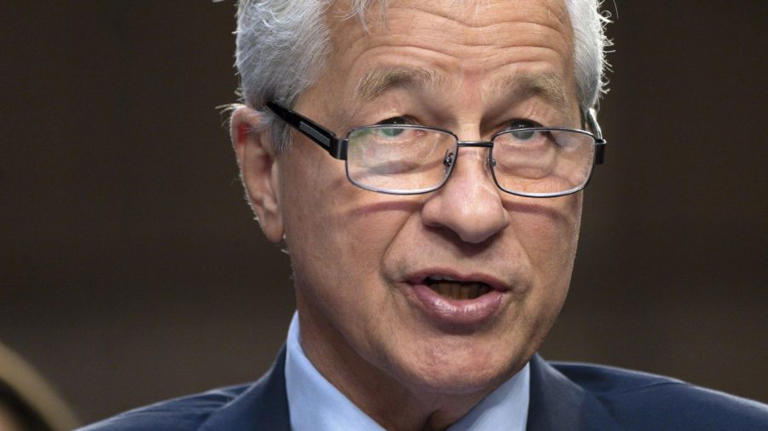In his letter to shareholders, Jamie Dimon, the CEO of JPMorgan Chase, sounded a cautionary note about the possibility of interest rates surging to as high as 8 percent or beyond in the near future. This stark warning underscores the bank’s proactive approach to preparing for a wide array of economic scenarios, ranging from optimistic scenarios of robust growth with manageable inflation to the more concerning specter of stagflation.
Stagflation, a scenario characterized by stagnant economic growth coupled with high inflation and high unemployment, presents significant challenges for businesses and investors alike. Dimon outlined the potential repercussions, including elevated interest rates, increased credit losses, decreased business activity, and heightened market volatility. Despite these potential headwinds, Dimon expressed confidence in JPMorgan Chase’s ability to navigate such challenges effectively and continue serving its clients with excellence.
Dimon’s concerns come against the backdrop of mixed signals regarding inflation. While recent data from the Department of Labor indicates a modest uptick in the consumer price index (CPI) for March, inflation has moderated considerably compared to its peak two years ago. However, the Federal Reserve has refrained from implementing interest rate cuts, citing stronger-than-expected job gains and lingering inflationary pressures.
Identifying several contributing factors to ongoing inflationary pressures, Dimon highlighted sustained fiscal spending, global rearmament efforts, shifts in global trade dynamics, the capital demands associated with transitioning to a green economy, and the potential for increased energy costs.
In light of these factors, Dimon emphasized the importance of considering future conditions and potential risks. Despite the prevailing uncertainty, JPMorgan Chase remains steadfast in its commitment to vigilance and adaptability, ensuring it can effectively navigate evolving economic landscapes and continue meeting the needs of its clients with resilience and agility.
